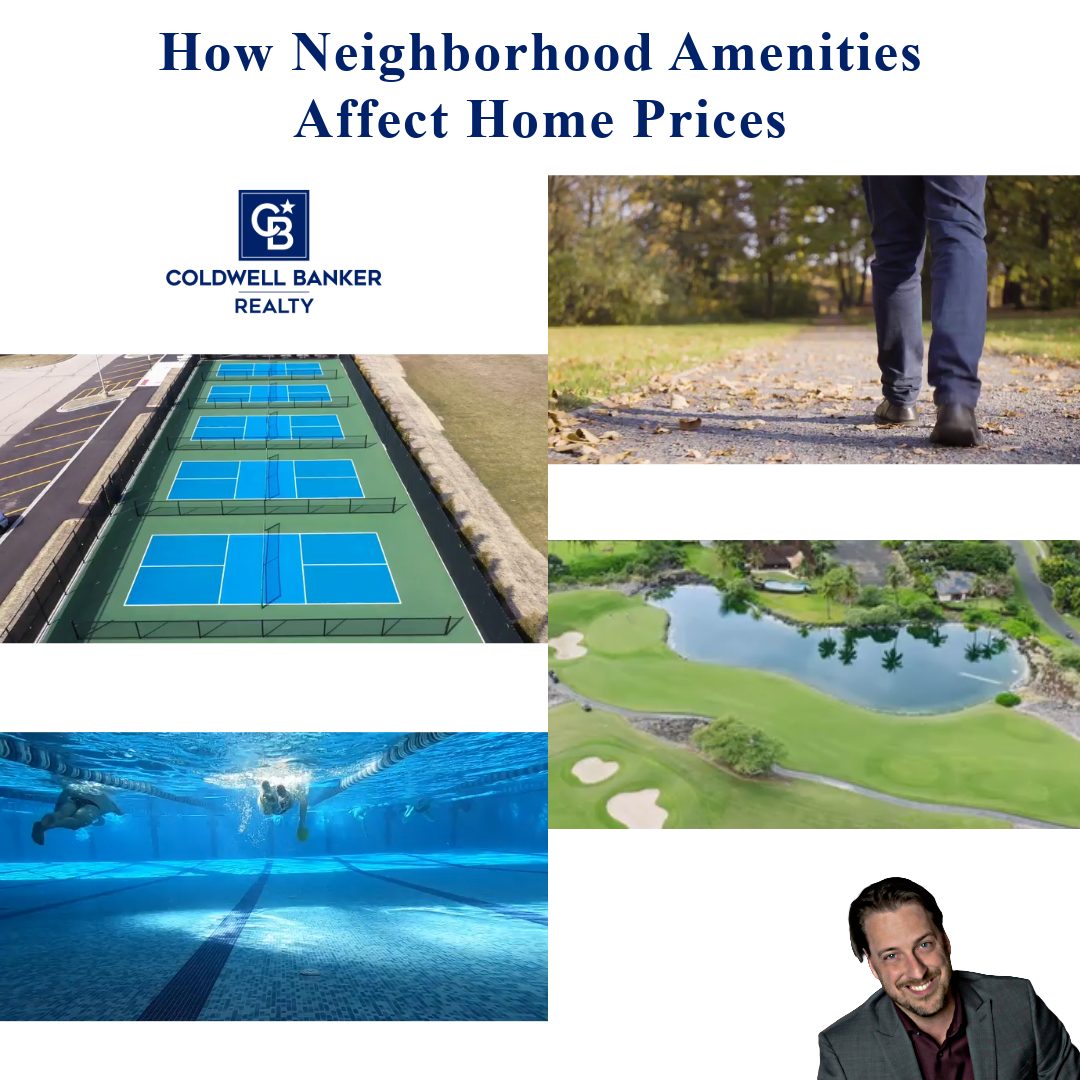When you purchase a home in Denton County or anywhere across the DFW metroplex, you’re not just buying walls and a roof — you’re buying into a community lifestyle. Neighborhood amenities like pools, parks, and gated entries don’t just affect your day-to-day living; they also play a direct role in your home’s value and long-term financial return.
As both a Realtor and looking at Real Estate from a Financial Perspective, I encourage clients to see amenities as both lifestyle upgrades and financial assets. Let’s break it down.
The Realtor’s View: Amenities Drive Buyer Demand
From a Realtor’s standpoint, amenities create curb appeal on a community level. The more attractive a neighborhood feels, the more buyers it draws, which drives prices upward.
-
Pools & Clubhouses: Homes in communities with resort-style pools often sell for 6–10% more than those without.
-
Trails & Green Spaces: Proximity to parks and trails can increase home values by 8–15%, especially for families and active buyers.
-
Gated Access: Security and exclusivity can add 5–8% in value.
-
Golf Courses: Premium homes backing up to golf fairways may command 15–20% more.
In competitive DFW markets like Southlake, Trophy Club, and Argyle, these percentages can translate to tens of thousands of dollars in added value.
The Financial Perspective View: ROI & Hidden Costs
From an investment lens, amenities aren’t free — they come with HOA fees and potential special assessments. The question isn’t just “What’s the value today?” but also “What’s the return over time?”
-
HOA Fees vs. Value: If amenities raise your property value by 10% but you’re paying $1,500/year in dues, the math may still work in your favor — especially if the resale premium outpaces the fees.
-
Liquidity: Homes in amenity-rich communities often sell faster, which is valuable if you need to relocate quickly.
-
Risk Factors: Amenities that go out of style (e.g., underused tennis/pickle ball courts) may not hold value long-term. Smart buyers look for timeless features like greenbelts, security, and walkability.
-
Rental Demand: If you ever rent your property, homes in amenity-rich neighborhoods usually attract higher rents and better tenants.
Denton County & DFW Case Examples
-
Harvest in Argyle – Known for its trails, farm-to-table lifestyle, and events, homes consistently sell at a premium compared to non-MPC communities.
-
Lantana – Amenities include golf, pools, fitness centers, and events; HOA fees are higher, but resale values reflect the added demand.
-
Castle Hills (Lewisville/The Colony) – With resort-style amenities, homes here often fetch top-of-market pricing relative to similar-sized properties in neighboring non-MPC communities.
Key Takeaway for Buyers
Don’t just compare homes — compare neighborhoods. A slightly higher purchase price and HOA fee may still yield a stronger long-term ROI if the community amenities remain desirable.
Key Takeaway for Sellers
If your community offers strong amenities, leverage them in your marketing. Showcase pools, trails, or parks through photography and listing descriptions — buyers see value in lifestyle.
Final Thoughts
Neighborhood amenities aren’t just “nice to have” — they’re market influencers and financial drivers. In DFW’s fast-growing housing market, the right amenities can boost your quality of life and your home equity.
As both a Realtor and a financial advisor, I advise clients to look at amenities as part of their overall wealth-building strategy. The right community isn’t just where you live — it’s where your money grows.


 Facebook
Facebook
 X
X
 Pinterest
Pinterest
 Copy Link
Copy Link
